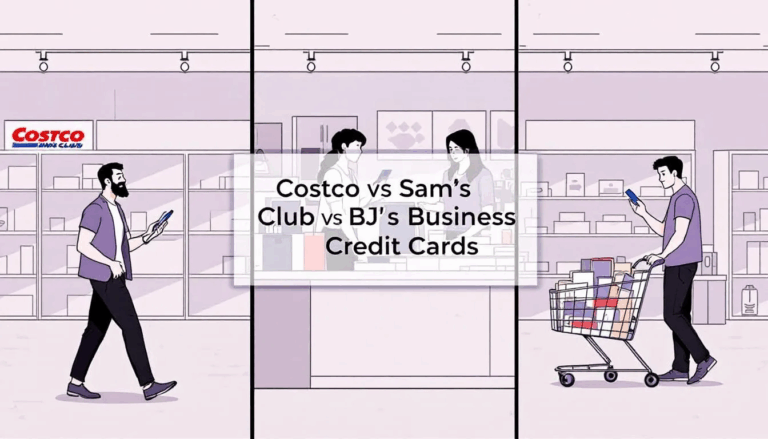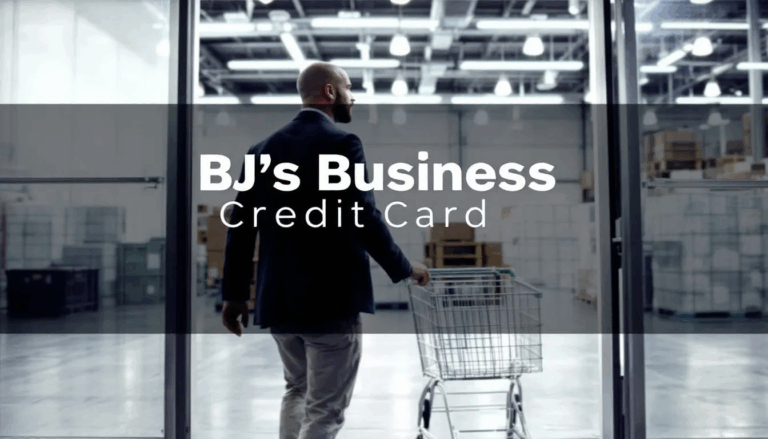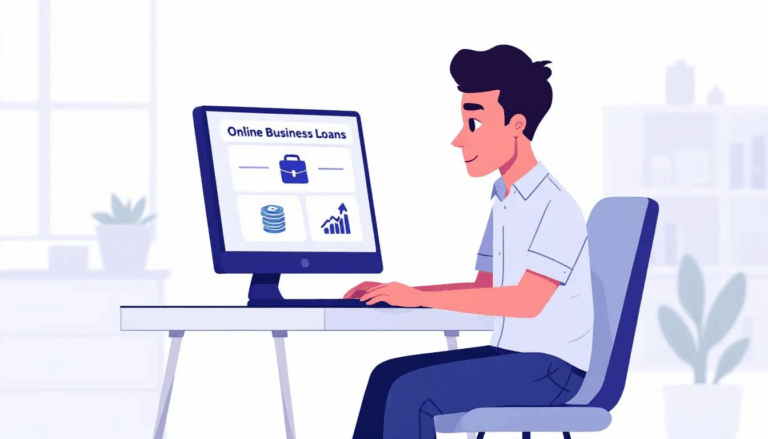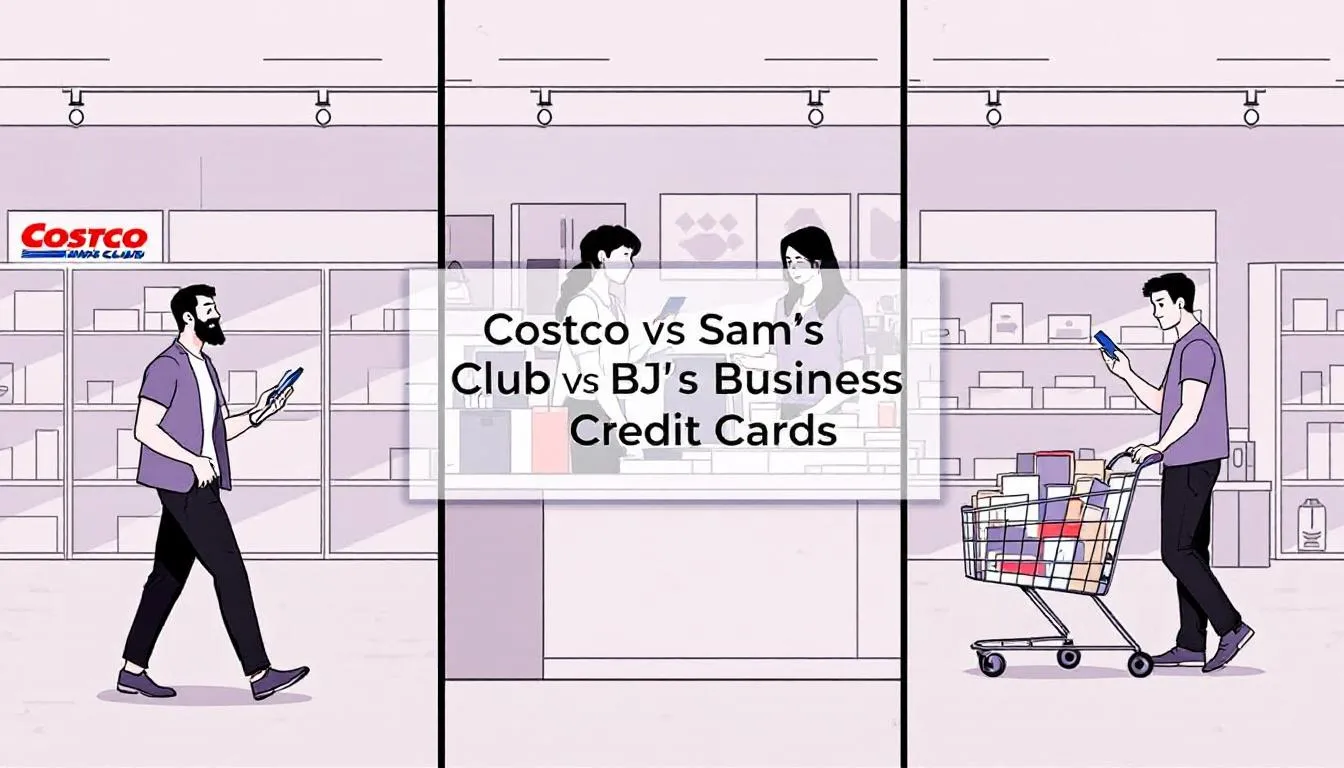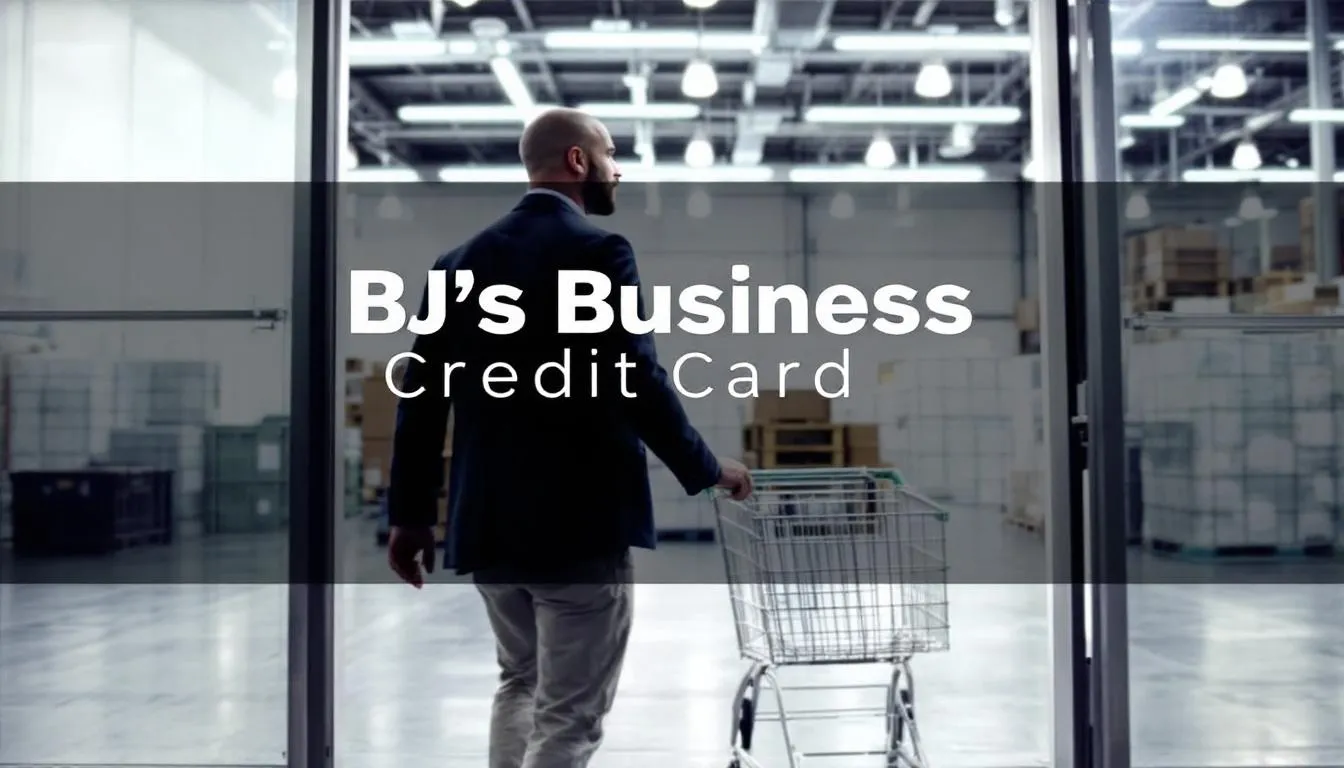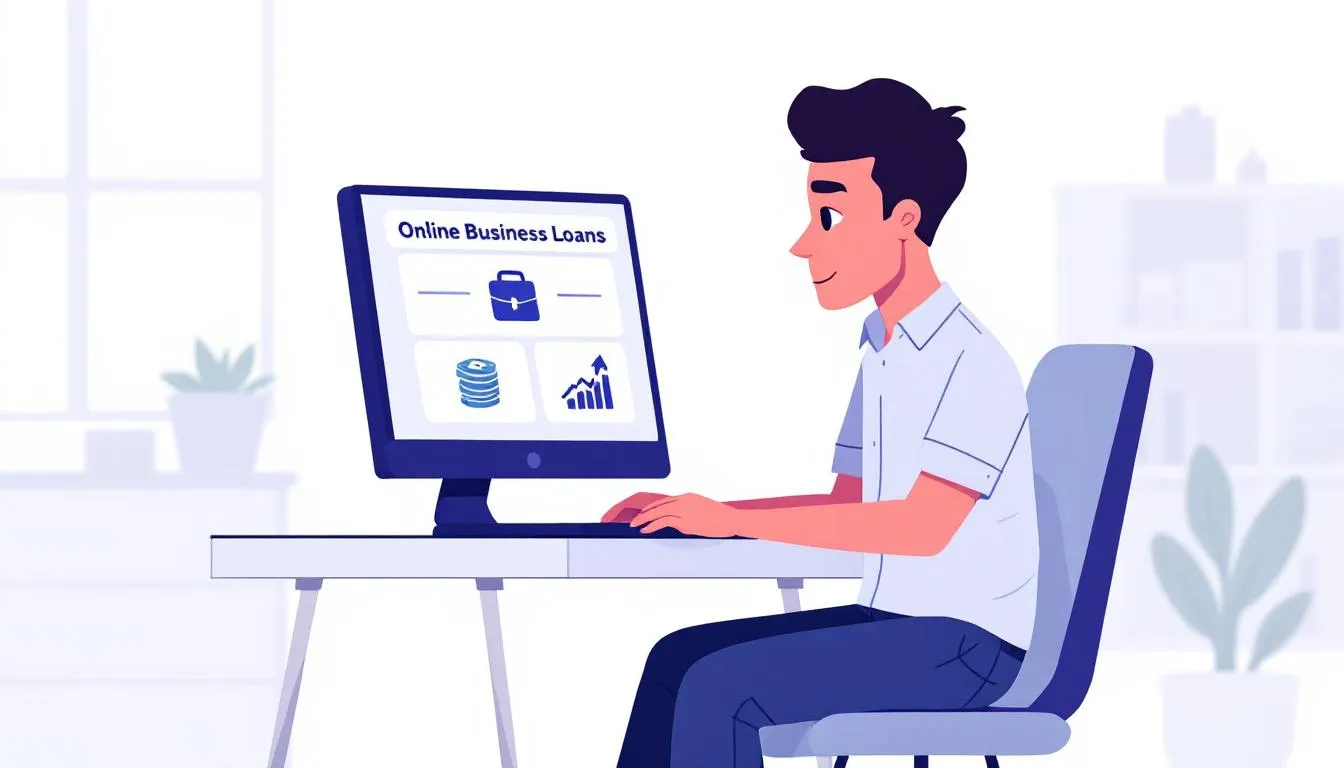What is Invoice Discounting?
Invoice discounting is a form of alternative business financing where a company receives a cash advance based on the value of its accounts receivable. The business repays the advance when it collects payments from its customers.
This financing option allows small businesses to access the capital they have already earned but cannot yet access, rather than taking on new debt with a traditional loan. Invoice discounting is particularly advantageous for businesses facing cash flow discrepancies due to delayed customer payments on invoices.
The advance provided by the invoice discounting provider is determined by the advance percentage, which typically ranges from 70% to 90% of the invoice value. The exact percentage of the invoice advanced depends on the provider’s assessment of the business and its customers. The discount in invoice discounting, also known as the discount fee, is a primary cost of the arrangement and is usually expressed as a percentage of the invoice value.
When the company collects payment, it sends the total amount to the invoice discounting provider. The difference between the discounted and the full amount is the discount fee paid to the provider and represents the invoice discounting cost.
Most discount rates, or discount fees, range from 1-3% of the invoice’s value. Some invoice discounting providers require the business to discount its entire accounts receivable ledger, while others offer selective invoice discounting. Unlike invoice factoring, invoice discounting allows the business to retain control over its sales ledger and the collections process.
How does Invoice Discounting work?
In the normal course of business, a company delivers its goods or services and issues an invoice to the customer. The invoice specifies what the company provided, the cost, and the due date. Invoices typically have net 30, 60, or 90 days, meaning it could take up to three months to get paid, depending on the specific terms of your invoice process.
The business now must wait until the customer pays. For many companies, waiting for payment causes cash flow interruptions. Before the customer pays, the business may have other financial obligations to meet, such as utility bills, purchasing materials, payroll, paying contractor or vendor invoices, or paying other debts. In other cases, the business may want to invest in expansion or growth opportunities and lack the business cash flow to do so.
Invoice discounting allows small businesses to overcome these cash flow hurdles by accessing the capital in receivables sooner. The process requires working with a financing provider that offers invoice discounting services. This is typically a financial institution or financial services company. An invoice discounting transaction involves the business, the financing provider, and the customer; the process is completed when the final payment is made after all service fees are deducted.
Invoice discounting enables businesses to convert their unpaid invoices into immediate working capital within 24 to 48 hours. This advance funding provides immediate access to working capital, which is a key benefit of accounts receivable financing. The financing provider typically issues a short-term loan for 70% to 90% of the invoice’s value. The business can now use that working capital to cover daily expenses. The outstanding invoices serve as collateral for the short-term financing arrangement.
The business is still responsible for tracking down and collecting payment from customers for the unpaid invoices. When it collects payment, the business sends the money to the financing provider to repay the loan. Service fees may apply in addition to the discount fee. The financing provider then releases the remaining balance as the final payment, minus its discounting fee and any service fees.
The terms of invoice discounting vary, with options for disclosed and undisclosed arrangements affecting customer awareness and administrative processes. Some discounting facilities require the business to put the money into a customer trust account. This provides more security to the facility.
Invoice Discounting Finance Example
John’s Supplies is a wholesaler. It delivers goods to a retail store and issues an invoice for $10,000.
John’s Supplies works with a discounting company that charges a 2% discounting fee. It also advances invoices at 75%.
John’s Supplies sends the invoice to the discounting company. The company wires John’s Supplies a short-term loan for $7,500. The remaining $2,500 goes into a trust account.
When John’s Supplies receives customer payments for the invoice, the $10,000 goes into the trust account. The discounting company now releases the remaining amount minus their 2% fee, which totals $200. So, the discounting company sends the remaining $2,300 to John’s Business.
This simplified example shows the basics of how it works. Depending on the discounting company, there might be additional fees and procedures in real-world scenarios.
What are the Different Types of Invoice Discounting?
Invoice discounting comes in several forms, each designed to suit different business needs and operational preferences.
Disclosed vs. Undisclosed Invoice Discounting
One key distinction is between disclosed and undisclosed invoice discounting. With disclosed invoice discounting, your customers are informed that an invoice discounting company is involved in the financing arrangement. This can streamline the payment process but may impact how customers perceive your business. In contrast, undisclosed invoice discounting—often called confidential invoice discounting—keeps the arrangement private, so your customers remain unaware that you’re using a discounting company.
Selective vs. Whole Turnover Invoice Discounting
Another important distinction is between selective invoice discounting and whole turnover invoice discounting. Selective invoice discounting gives you the flexibility to choose specific invoices to discount, allowing you to manage your cash flow strategically and only use the service when needed. Whole turnover invoice discounting, on the other hand, involves discounting all invoices in your accounts receivable ledger, providing a consistent source of working capital but requiring a more comprehensive commitment.
Recourse vs. Non-Resource Invoice Discounting
Finally, invoice discounting can be structured as recourse or non-recourse. With recourse invoice discounting, your business is responsible for repaying the advance if your customer fails to pay the invoice. Non-recourse invoice discounting shifts this risk to the invoice discounting company, though this option often comes with higher fees. Understanding these types helps you choose the invoice discounting arrangement that best fits your business’s cash flow needs and risk tolerance.
Why do small businesses use Invoice Discounting?
Invoice discounting offers several advantages to small businesses.
Early Access to Working Capital
The primary purpose of the service is to access the money tied up in receivables. Unpaid invoices represent an asset, but you can’t cash in on that asset until the customer pays.
Invoice discounting circumvents the waiting period and gives you access to the money now. Businesses use the funds to cover expenses like payroll and rent. Invoice discounting can be more cost-effective than traditional loans, with fees typically ranging from 1% to 3% of the invoice value.
Predictable Cash Flow
Waiting for customers to pay their invoices is unpredictable. They might pay on the due date, early, or (hopefully not) late. Payments coming in at different times make it challenging to achieve a steady and smooth cash flow.
You know exactly when you get paid and how much you’ll get with invoice discounting. Predicting your cash flow makes budgeting and planning much easier.
Easier to Qualify
Unlike traditional bank loans or other financing arrangements, invoice discounting allows businesses to access capital based on revenue it has already earned. Since repayment comes from customers repaying their invoices, most invoice discounting lenders are more forgiving of low credit scores. In particular, if you have reliable customers, you’re likely to get approved with the best terms and lowest rates.
Additionally, successfully using invoice discounting can help your business build its business credit profile over time, making it easier to access other financial tools and solutions in the future.
How to apply for Invoice Finance:
You can apply for invoice financing through United Capital Source. Follow these instructions to apply.
Step 1: Make Sure Your Customer is Reliable
Invoice financing only works when your customers pay their invoices on time and in full. Ensure you’re certain your customers will pay before contacting a factoring company.
Step 2: Gather Your Documentation
When you apply, the lender needs to review the following documents:
- Driver’s license.
- Voided business check.
- Bank statements from the previous three months.
- Business tax return.
- A/R aging report, A/P report, and debt schedule.
Step 3: Apply
You can complete our one-page application or give us a call to apply. Either way, you’ll need to provide the information above and the invoice amount you want to sell.
Step 4: Speak to a Representative
Once you apply, one of our representatives will reach out to discuss the best invoice financing structure for your business. You’ll get an upfront breakdown of all costs, so you don’t have to worry about hidden fees.
Step 5: Receive Approval
The entire process takes about two weeks to finalize. Funds will appear in your bank account 1-2 days after completing the application.
What are the Benefits of Invoice Discounting?
Invoice discounting advantages include improved cash flow, increased flexibility, and the ability to unlock working capital tied up in unpaid invoices.
The primary benefit of invoice discounting is better cash flow control. As a form of receivable financing and accounts receivable financing, discounting invoices leads to early access to cash and a more predictable cash flow cycle. Through invoice discounting, businesses can obtain funding against outstanding invoices, improving their ability to manage seasonal needs and operational expenses.
It can also help you grow your business. When you know you can get paid early on invoices, you can offer more credit sales to customers and grow your base.
You can also save money since the rates are typically lower than other forms of asset based financing. In addition, most invoice discounting is confidential, so you don’t need to worry about alerting your customers that you need funding.
What are the Drawbacks of Invoice Discounting?
Some risks of invoice discounting include customer credit risks and hidden fees, such as late payment fees and service fees, which can reduce profitability and increase the total cost. One of the disadvantages of invoice discounting is that it creates a form of debt as it uses unpaid sales invoices as collateral. However, as it’s a near-term financing structure, you eliminate that debt when your customers pay their invoices. It is important to weigh the advantages and disadvantages of invoice discounting before proceeding.
Since your business owns the invoices, collecting money from customers for unpaid sales invoices remains your responsibility. While you must always ensure that customers pay you, it becomes much more critical when you need the money to repay a loan. Some invoice discounting companies require you to discount all invoices, also known as whole turnover invoice discounting.
If a customer defaults on a payment, your business still has to pay the loans. Some discounting companies might offer non-recourse, but the cost would be very high.
Like any loan, there’s also the cost to consider. While discount rates aren’t terrible, you must determine if your company can afford the reduced revenue, especially after accounting for possible late payment fees and service fees.
Invoice discounting represents a risk for lenders, raising the qualification requirements. Larger companies tend to use invoice discounting. Small businesses that can’t qualify tend to use invoice factoring instead.
Pros & Cons:
Pros:
- Convert unpaid invoices into working capital.
- Better control over your cash flow cycle.
- Your customers won’t know you received financing.
- Your company maintains control over your A/R.
- Fees are typically lower or competitive with near-term funding.
Cons:
- More difficult to get approved.
- You’re responsible for tracking down payments.
- You’re liable if a customer doesn’t pay.
- Your company incurs debt.
- Invoice discounting fees could be higher than those of other loans.
Frequently Asked Questions
Here are the most common questions about invoice discounting.
What industries use Invoice Discounting?
Many industries use invoice discounting to bridge the gap between delivering goods or services and receiving payment. Sectors such as manufacturing, construction, transportation, and professional services often face long invoice payment terms or deal with slow-paying customers, making cash flow management a challenge. For example, a manufacturing business supplying products to large retailers may need to wait 60 or even 90 days for payment, which can strain working capital. By choosing to use invoice discounting, these businesses can unlock the value of their unpaid invoices and access immediate funds to cover payroll, purchase materials, or invest in growth.
Similarly, construction companies frequently encounter delayed payments from clients, which can impact their ability to take on new projects or pay subcontractors. Service-based businesses, such as marketing agencies or IT consultants, also benefit from invoice discounting when client payments are delayed. By leveraging this financing method, companies across various industries can maintain smooth business operations, meet immediate expenses, and improve overall financial stability.
Invoice Factoring vs. Discounting: What’s the Difference?
When considering invoice discounting vs. invoice factoring, both methods allow businesses to access the capital tied up in outstanding invoice amounts from customer invoices before customers pay.
However, there are some small but important distinctions between them. In discounting vs. invoice factoring, the key difference lies in who is responsible for collecting money and managing customer invoices.
With invoice discounting, an invoice discounter provides the advance, but the business retains responsibility for collecting money and will receive payment from customers directly, keeping the arrangement confidential. In contrast, with invoice factoring, the factoring company manages collections and communicates with customers regarding payment of the outstanding invoice.
| Feature | Invoice Factoring | Invoice Discounting |
|---|---|---|
| Advance Provided | Yes | Yes |
| Responsibility for Collections | The invoice factoring company collects payment from customers | Business remains responsible for collecting payments |
| Customer Communication | The factoring company communicates directly with customers | Customers are usually unaware; the business handles communication |
| Confidentiality | Typically not confidential — customers know a factoring company is involved | Typically confidential — customers may not know about the arrangement |
| Control Over Sales Ledger | The factoring company may manage part or all of the sales ledger | Business retains complete control over its sales ledger |
| Best For | Businesses looking to outsource collections or with weaker internal credit control | Businesses with strong credit management systems seeking discreet financing |
Is Invoice Discounting the Same as Dynamic Discounting?
While the terms sound similar and have similar goals, they have different structures. Invoice discounting requires working with a third-party lending company to provide a loan to a business. In dynamic discounting, a larger business agrees to pay off invoices from a smaller supplier in exchange for a discount on the amount owed.
What is Confidential Invoice Discounting?
Confidential invoice discounting is a popular financing option for businesses that want to maintain strong customer relationships while improving cash flow. In this arrangement, the invoice discounting company provides funding against your outstanding invoices, but your customers are not notified about the financing. This means you continue to manage your invoicing process and collect payments as usual, preserving the trust and confidence of your clients.
By keeping the financing arrangement confidential, businesses can avoid any potential concerns customers might have about their financial stability. This is especially important for companies with a solid reputation who want to ensure that their customer relationships remain unaffected by their use of external funding. The discounting company works closely with you to ensure that all aspects of the confidential invoice discounting process are seamless and discreet, allowing you to access immediate cash without disrupting your day-to-day business operations or client communications.
What are the best Practices for Invoice Discounting?
To maximize the benefits of invoice discounting, it’s essential to follow a few best practices. Start by keeping your accounting records accurate and up to date, as the invoice discounting company will rely on this information to assess your eligibility and manage the invoice discounting process. Ensure that all invoices submitted for discounting are correctly verified and validated to avoid delays or disputes.
Clear communication with your discounting company is also crucial. Make sure you fully understand the terms and conditions of your invoice discounting agreement, including all fees, charges, and repayment obligations. Consider how using invoice discounting might affect your customer relationships, especially if you’re considering disclosed arrangements. Finally, take the time to educate yourself and your team on how invoice discounting works, so you can integrate it smoothly into your business operations and make informed decisions about your cash flow strategy.
Invoice Discounting – Final Thoughts
Invoice discounting is best for established companies that need to turn unpaid invoices into working capital. Younger small businesses might find approval for invoice discounting difficult.
Companies that qualify for invoice discounting typically get excellent rates. If your company doesn’t qualify, you can consider another cash flow finance option, such as accounts receivable factoring.
If you’re ready to pursue a loan, contact us to discuss the best business loan options for your business.




